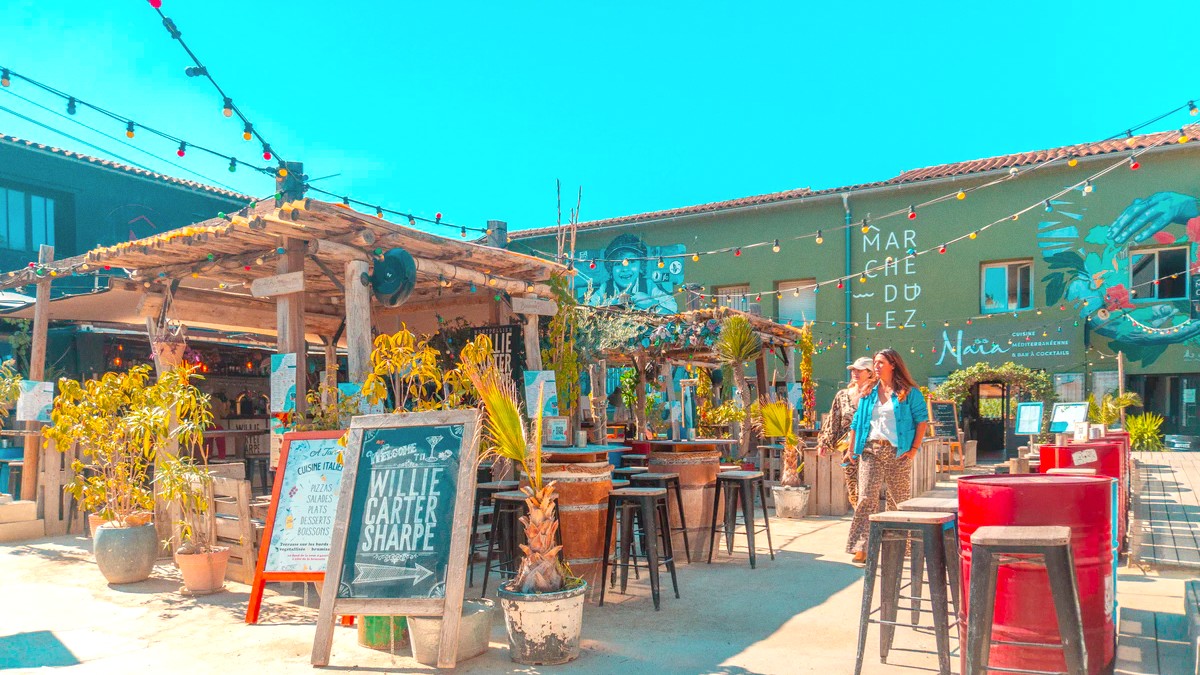
Languedoc Roussillon, France
Montpellier is not just a stop on a French tour; it is a destination to soak in. Its pedestrianized historic center encourages leisurely strolls, leading you from bustling plazas to quiet, hidden courtyards. The city pulses with a youthful vigor, thanks to its large student population, which fuels a thriving nightlife and a contemporary art scene. Its roots run deep, visible in the medieval architecture and the echoes of its past as a trade hub. A visit provides both relaxation and discovery.
Montpellier sits in Southern France, approximately 10 kilometers (6 miles) inland from the Mediterranean Sea. It is a location that grants it a warm, sunny climate for much of the year. The city lies within the Occitanie region, a large administrative area that stretches from the Pyrenees mountains to the Mediterranean coast, bordering Spain to the south and Provence to the east. This position places Montpellier at a crossroads of diverse landscapes and cultural influences.
The city's terrain is generally flat, especially in the newer eastern districts and near the river. The historic center, the Ecusson, sits on a slight rise, giving it a commanding position over the surrounding areas. This elevation, along with the city's strategic placement on ancient trade routes, helped it grow into an important center.
Montpellier's story begins not in Roman times, like many of its neighbors, but in the 10th century. It grew from two small villages, forming around an important crossroads and developing into a significant trading center. Its port at Lattes, now inland due to silting, connected it to Mediterranean trade routes, bringing wealth and diverse influences.
Its true claim to historical fame, however, lies in its intellectual heritage. The University of Montpellier, notably its Faculty of Medicine, is one of the oldest and most respected medical schools in the world, founded in 1220. This institution attracted scholars and students from across Europe, fostering an environment of learning and innovation. Figures like Nostradamus studied here, and its influence on medical practice continued for centuries. This academic legacy persists today, with Montpellier remaining a major university city.
Belonged to the Crown of Aragon and Kingdom of Mallorca before becoming part of France in 1349.
A Protestant stronghold; walls dismantled by Louis XIII in the 17th century.
Grand architecture reflects the power of the French monarchy.
Significant urban development since the 1970s, including the Antigone district.
The medieval heart, a testament to the city's layered history.
Visitors can walk through centuries of history, from Romanesque arches to grand Haussmannian buildings and contemporary designs, all within easy reach.
The Antigone district, with its striking neoclassical architecture, represents a bold vision for urban planning and modern design.
Despite modernization, the medieval Ecusson remains at its heart, demonstrating the city's long and layered history.
This varied ownership contributed to its open, cosmopolitan character.
Montpellier offers a captivating experience, whether you visit for a short break or a longer stay. Here is a quick look at what makes it special:
Montpellier balances a relaxed Mediterranean vibe with the youthful energy of an university city. It is lively but approachable, sophisticated yet unpretentious. The city feels authentically French, but with a distinct Southern accent.
The Jardin des Plantes, France's oldest botanical garden, offers a peaceful retreat. The Promenade du Peyrou provides expansive views.
Home to the Musée Fabre, one of France's premier art museums, and a rich performing arts scene.
Just a short ride away from sandy Mediterranean beaches, offering a quick escape.
Montpellier appeals to a diverse range of travelers. History enthusiasts enjoy its medieval core and academic heritage. Art lovers find plenty to see in its museums and galleries. Those seeking a lively atmosphere, good food, and easy access to beaches and vineyards also appreciate it. It is a city that suits solo explorers, couples, and families, with something for many interests.